Aging is a natural process, but it often brings changes to our skin that many find undesirable. From wrinkles to dry skin, the aging process can be harsh on the epidermis and dermis. Fortunately, with the right skin care routine and products, you can protect your skin and reduce the signs of aging. Below are the top 5 complaints about aging skin and some effective solutions.
1. Age Spots from Sun Exposure
One of the most common skin changes associated with aging is the appearance of age spots, also known as liver spots, sun spots, or solar lentigines. These spots, which are primarily caused by prolonged sun exposure, become more visible after the skin starts to lose its elasticity and undergoes thinning. The National Institute on Aging points out that age spots typically appear in areas that have been frequently exposed to the sun, such as the face, hands, and shoulders. These brown or gray patches are often harmless but can be aesthetically bothersome, especially as part of the broader changes in the skin due to aging.
Sun exposure is a major factor that contributes to these spots, as ultraviolet (UV) rays damage the outer layer of the skin, called the epidermis. The damage triggers the overproduction of melanin, the pigment responsible for skin color. This concentrated melanin in specific areas leads to the pigmentation known as age spots. While anyone exposed to the sun can develop these spots, they are more prevalent in older people, especially those with lighter skin types, since thinner skin is less able to resist UV damage. Moreover, people who frequently use tanning beds or have a history of significant sun exposure are at a higher risk of developing both age spots and other forms of skin damage.
Aside from aesthetic concerns, the presence of age spots is a signal that your skin is undergoing deeper changes related to aging. As we grow older, the skin becomes thinner, the fat below the skin decreases, and elastin fibers, which help maintain the skin's elasticity, weaken. This weakening makes the skin more prone to damage from environmental factors like the sun. Ageing of the skin also causes the skin to sag, and dry skin and itching become more common as the oil glands in the skin produce less moisture. These changes, combined with sun exposure, can lead to conditions like skin tags, puckering of the skin around the mouth, and even increased vulnerability to bruises.
It’s important to note that while age spots are generally benign, they can sometimes be confused with more serious skin conditions, such as skin cancer. The National Institutes of Health recommend that you regularly check your skin for any unusual changes, such as spots that grow, change color, or become raised. Early detection and treatment of potential skin disorders are essential for maintaining healthy aging skin.
To prevent age spots and minimize their appearance, a key strategy is to protect your skin from the sun. Wearing sunscreen with broad-spectrum protection is essential, as UV rays can not only cause skin spots but also accelerate the thinning of skin layers and the development of wrinkles and fine lines. Using moisturizers and skin care products designed for aging skin can also help maintain the skin’s elasticity and reduce the dryness that often accompanies these changes. Additionally, making lifestyle changes such as eating a healthy diet rich in antioxidants, staying hydrated, and wearing protective clothing can further delay the skin damage caused by sun exposure.

2. Sagging Skin Around the Neck (Turkey Neck)
As we age, one of the most common and frustrating skin care concerns is sagging skin around the neck, often referred to as "turkey neck." The main cause of skin sagging in this area is the natural breakdown of elastin fibers in the dermis, the deeper layer of skin. Elastin is a protein that gives skin its elastic quality, allowing it to return to its original shape after being stretched. Over time, the skin starts losing its elasticity, and as the elastin fibers weaken, the skin can no longer maintain its firm, youthful appearance. This sagging is often more visible in the neck area because the skin there is thinner and more delicate.
Dry and itchy skin, often associated with aging, can worsen this problem. As the skin becomes drier, it also becomes more prone to sagging and the appearance of lines and wrinkles. People with dry skin types may notice these changes earlier and more prominently than those with oily or combination skin. Using harsh soaps that strip the skin of natural oils can further dry out the skin, making it more susceptible to sagging. To combat this, it is essential to keep the skin hydrated with moisturizers designed for aging skin. These products can help maintain the skin’s moisture balance and improve its overall texture.
Sun exposure is another significant factor that contributes to sagging skin around the neck. Ultraviolet (UV) rays break down collagen and elastin fibers, causing the skin to lose its firmness. It is vital to use sunscreen on the neck area, even when not directly in the sun, as UV damage is cumulative over time. Wearing sunglasses and protective clothing can also prevent further damage to the neck, especially during outdoor activities.
To slow down the sagging process, maintaining a regular skin care routine is key. Gently cleansing the neck and avoiding products that dry out the skin can help prevent further damage. Additionally, treatments that stimulate collagen production, such as microdermabrasion or chemical peels, may help improve the skin’s elasticity and reduce sagging. Staying consistent with these measures can help delay changes associated with aging and keep your neck looking more youthful for longer.

3. Wrinkles and Fine Lines
The appearance of wrinkles is one of the most visible signs of aging skin. As the skin ages, it becomes thinner, loses its elasticity, and dries out, making it more susceptible to forming wrinkles. Factors like sun exposure, smoking, and repetitive facial expressions speed up the development of wrinkles around the eyes and mouth.
Solution: Regularly apply moisturizers with hyaluronic acid to keep your skin hydrated. Anti-aging products with retinol or peptides can increase collagen production and reduce fine lines. If you spend time outdoors, always wear sunscreen to protect your skin from further UV damage. For deeper wrinkles, treatments like Botox or microdermabrasion might be considered.

4. Dry, Itchy Skin
With age, the skin's oil glands produce less sebum, leading to dry skin, which can become itchy and flaky. The skin's barrier function weakens, making it less effective at retaining moisture. This dryness can worsen in cold or dry climates.
Solution: Keep the skin moist by using skin care products specifically designed for dry skin. Glycerin-based lotions and creams can help lock in moisture. Exfoliating with gentle scrubs or using chemical peels can also remove dead skin cells, allowing moisturizers to penetrate deeper into the skin.

5. Dull Skin Tone
The natural aging process slows down cell turnover, leading to a dull, uneven skin tone. This is compounded by environmental factors like sun exposure and pollution, which cause the skin to lose its youthful glow. Older people may notice that their skin appears more tired and lacks the radiance of younger skin.
Solution: Regular exfoliation can help remove dead skin cells and reveal fresh skin underneath. Microdermabrasion is a great option for rejuvenating the skin’s appearance. Adding antioxidants, such as vitamin C, to your skincare routine can also brighten your complexion and protect your skin from further damage.

Key Takeaways:
- Protect your skin from the sun with daily sunscreen application and wearing protective clothing.
- Hydrate your skin regularly using moisturizers designed for dry skin.
- Exfoliate to rejuvenate your skin and promote a more youthful glow.
- Consult a dermatologist for more advanced treatments like peels or Botox.
- Incorporate anti-aging products that boost collagen and elastin in your skincare routine.
By taking these steps, you can delay changes associated with aging and maintain healthy, younger-looking skin for years to come.

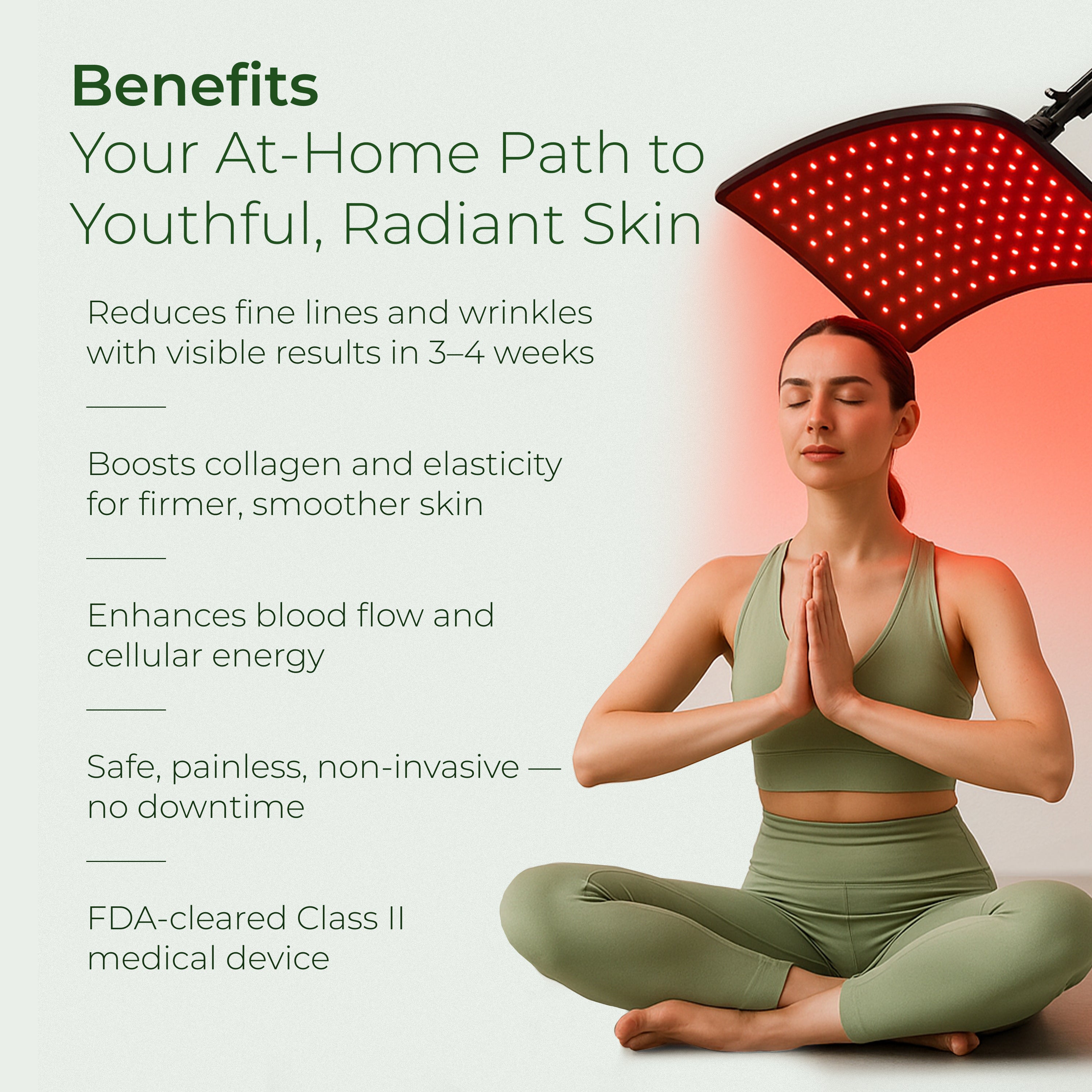

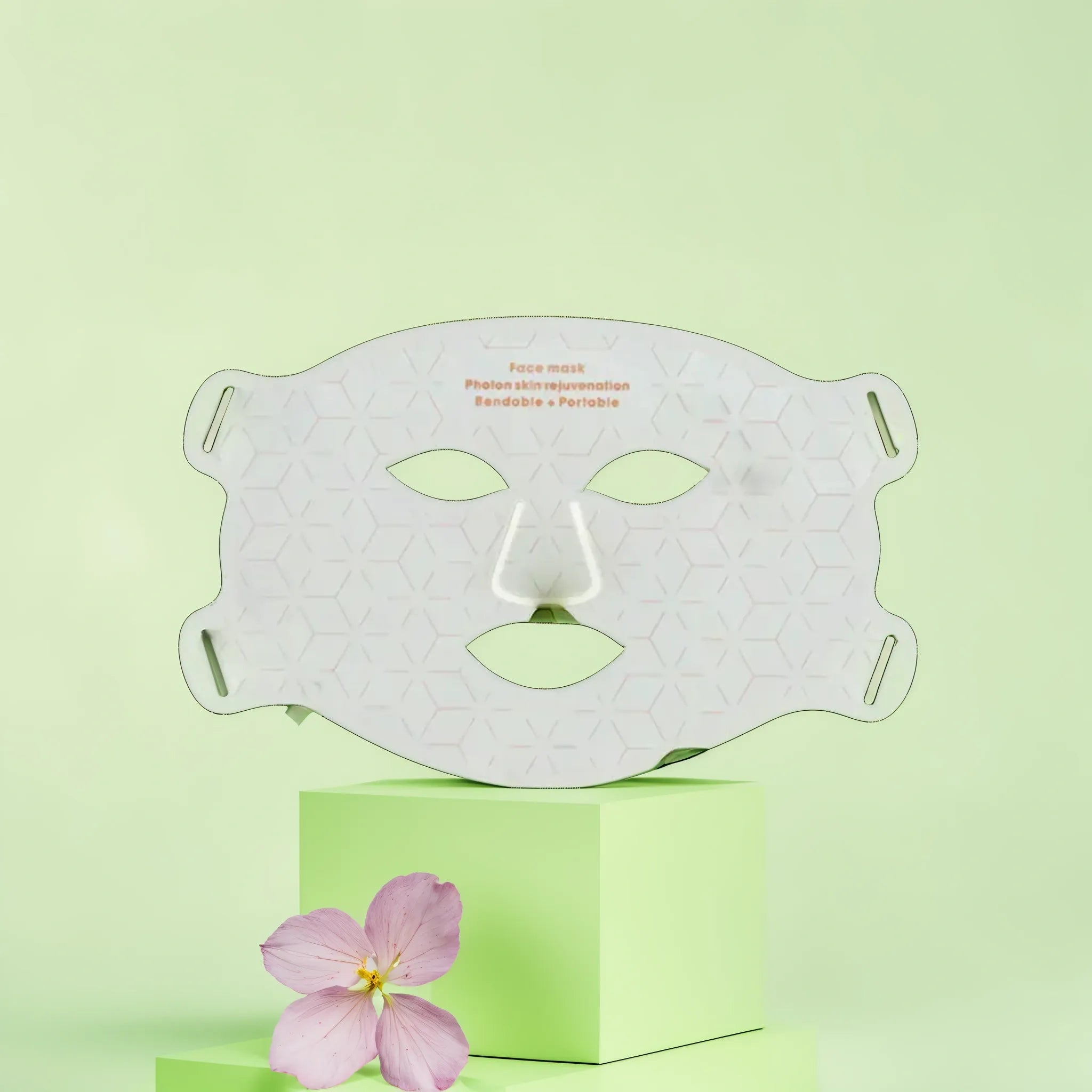
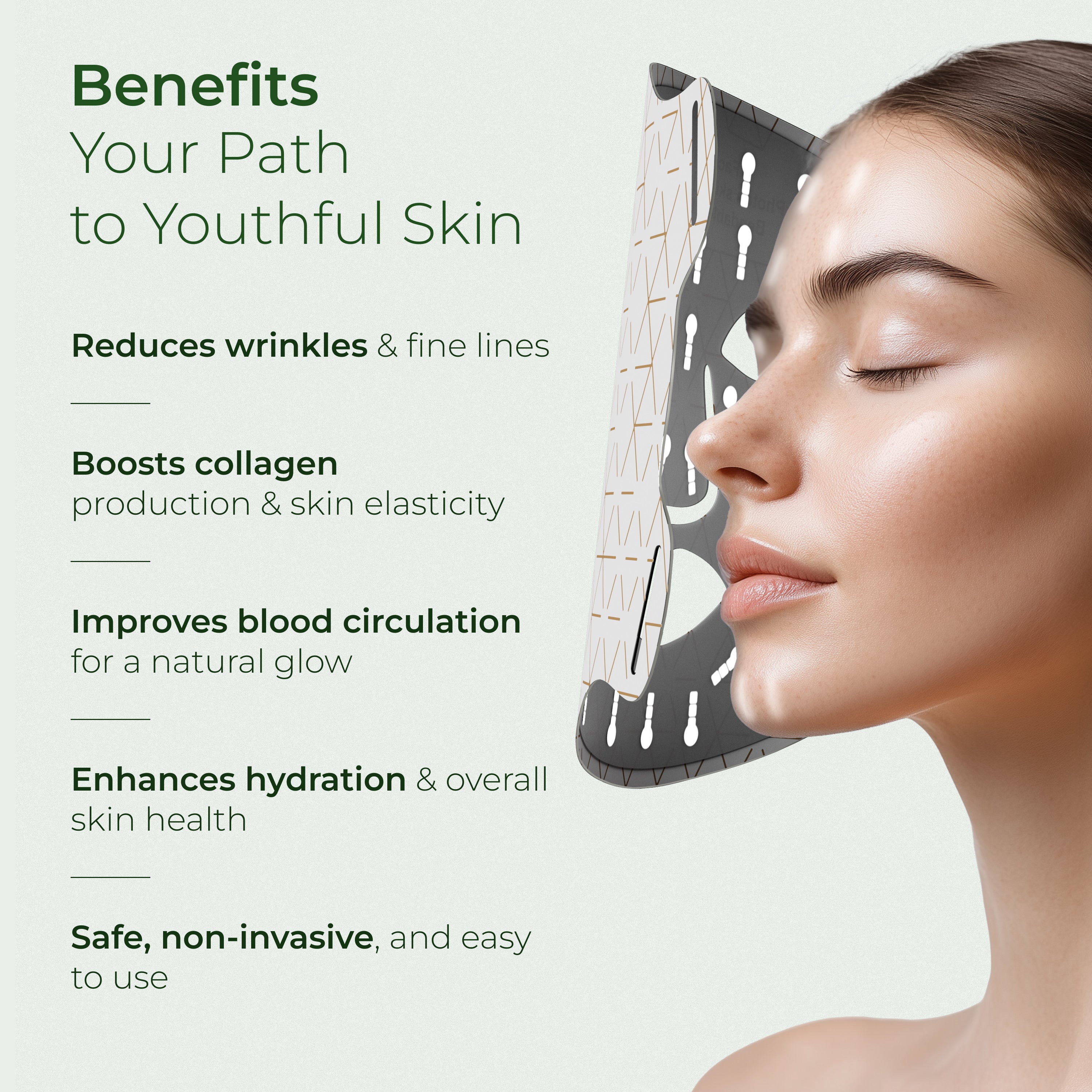



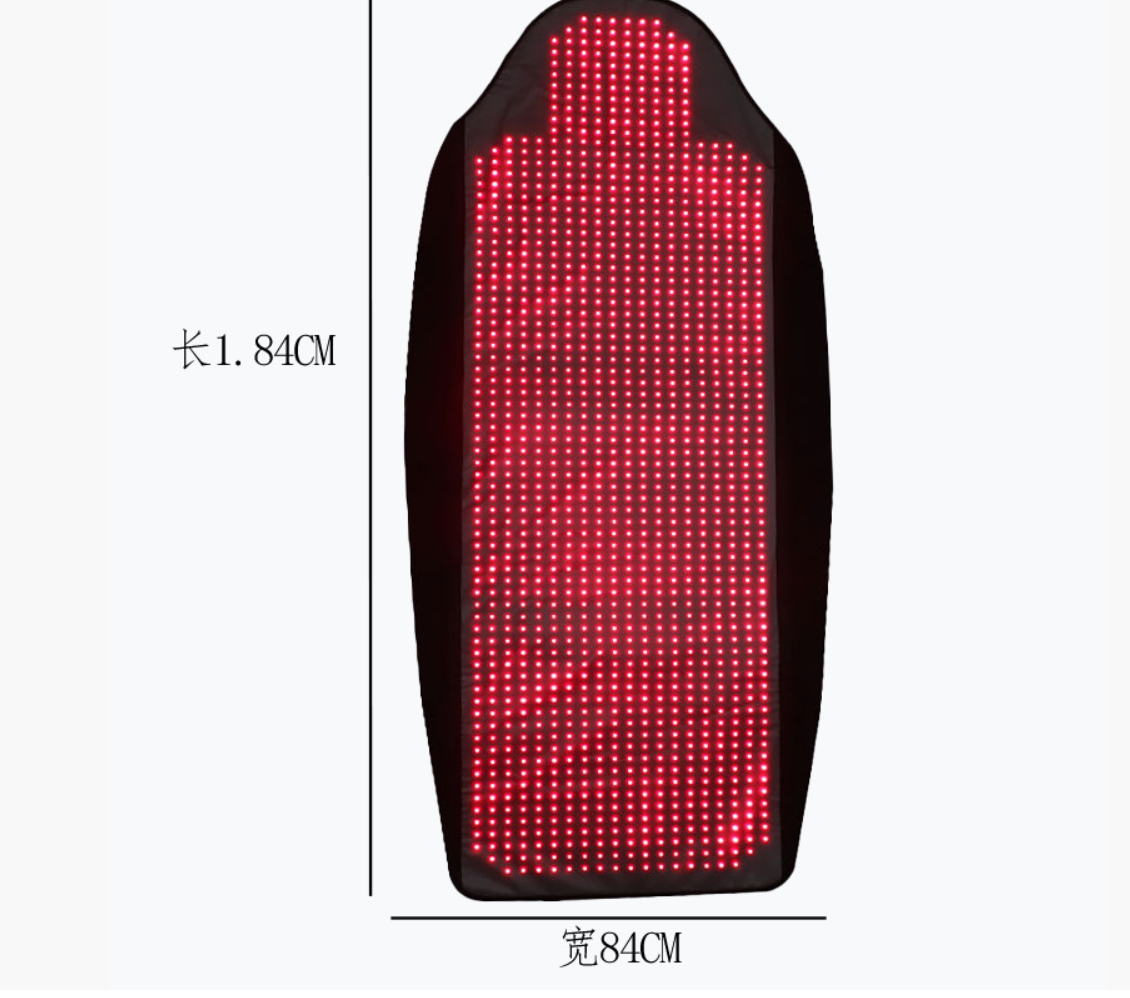
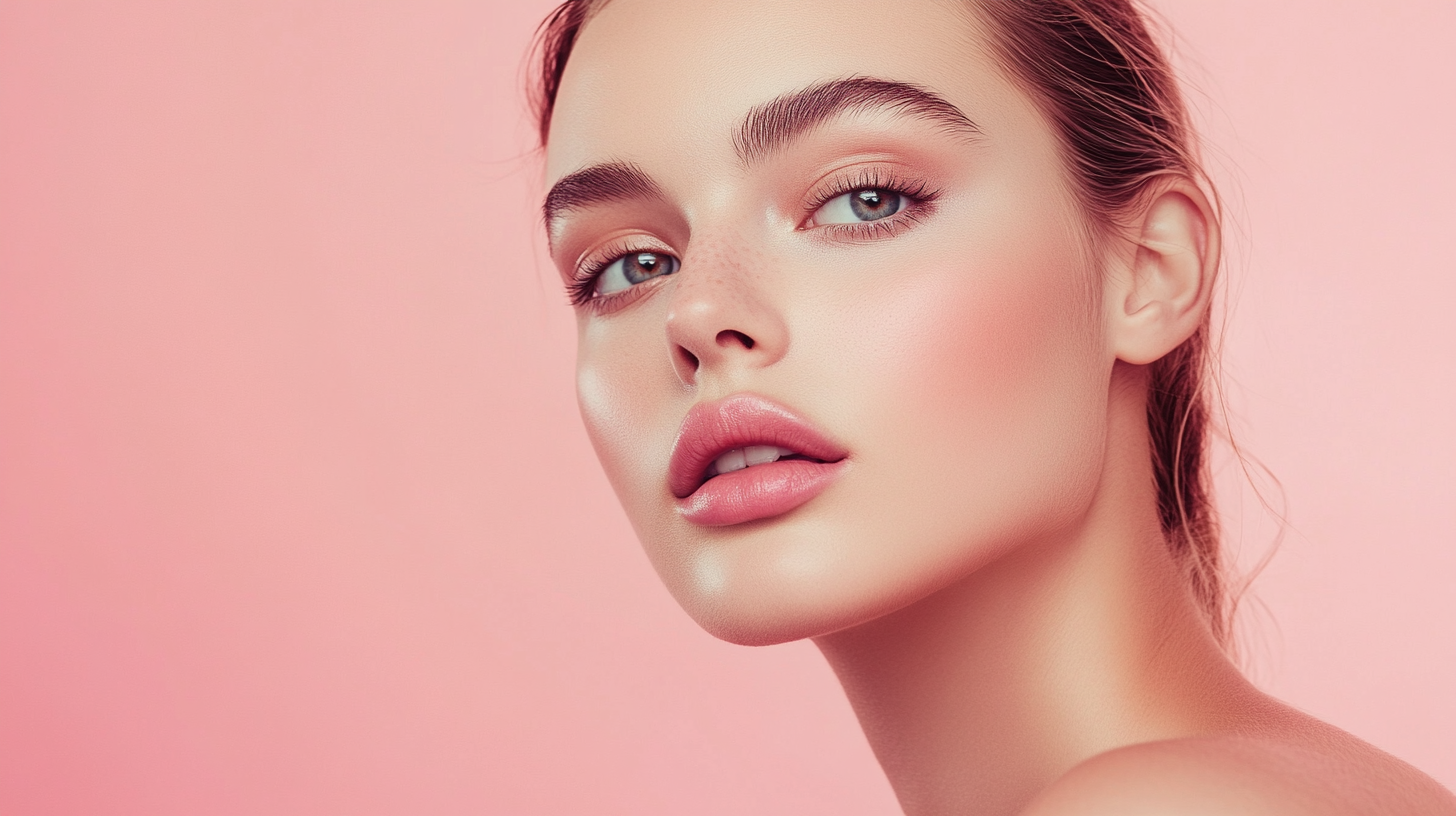
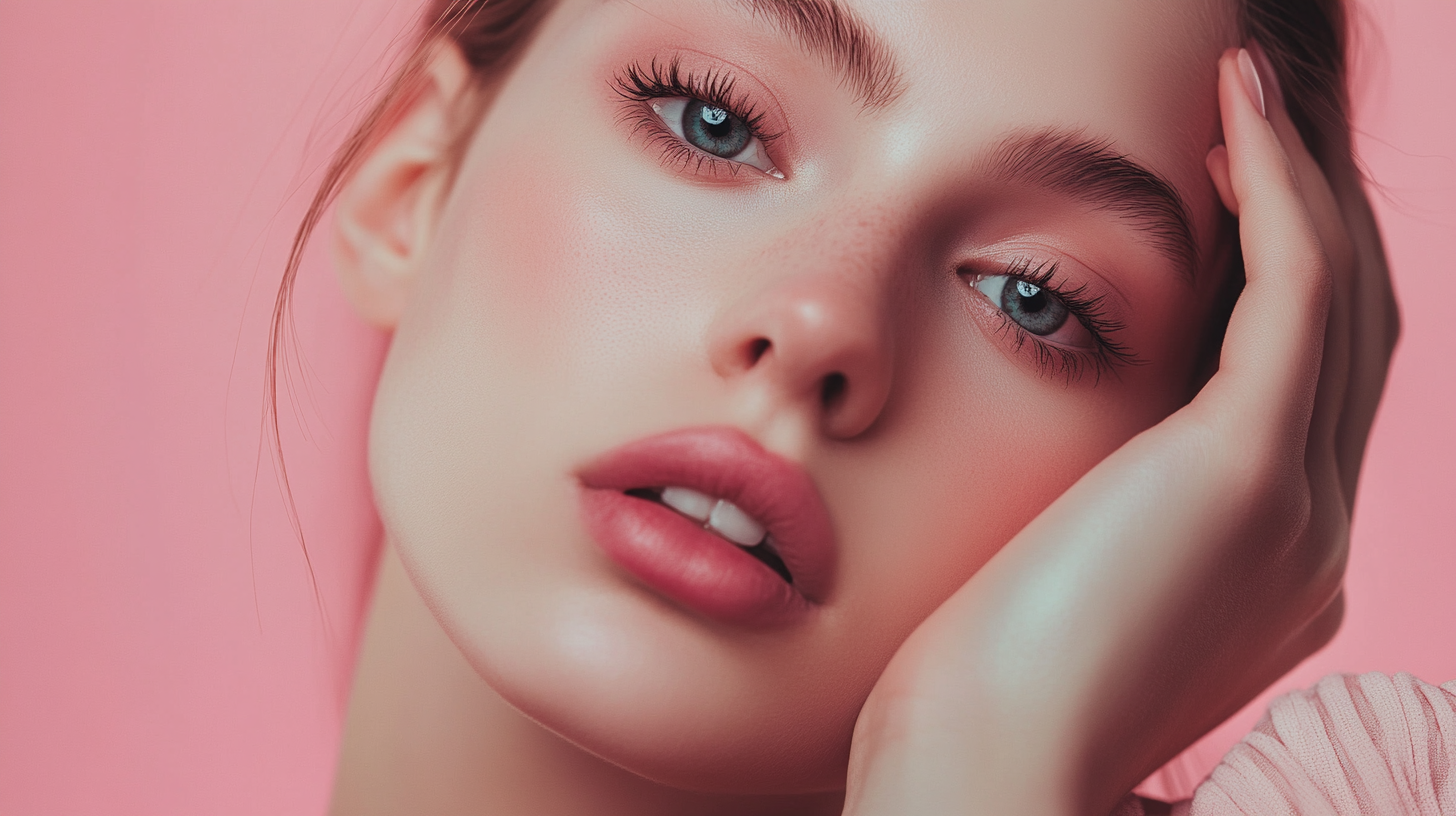
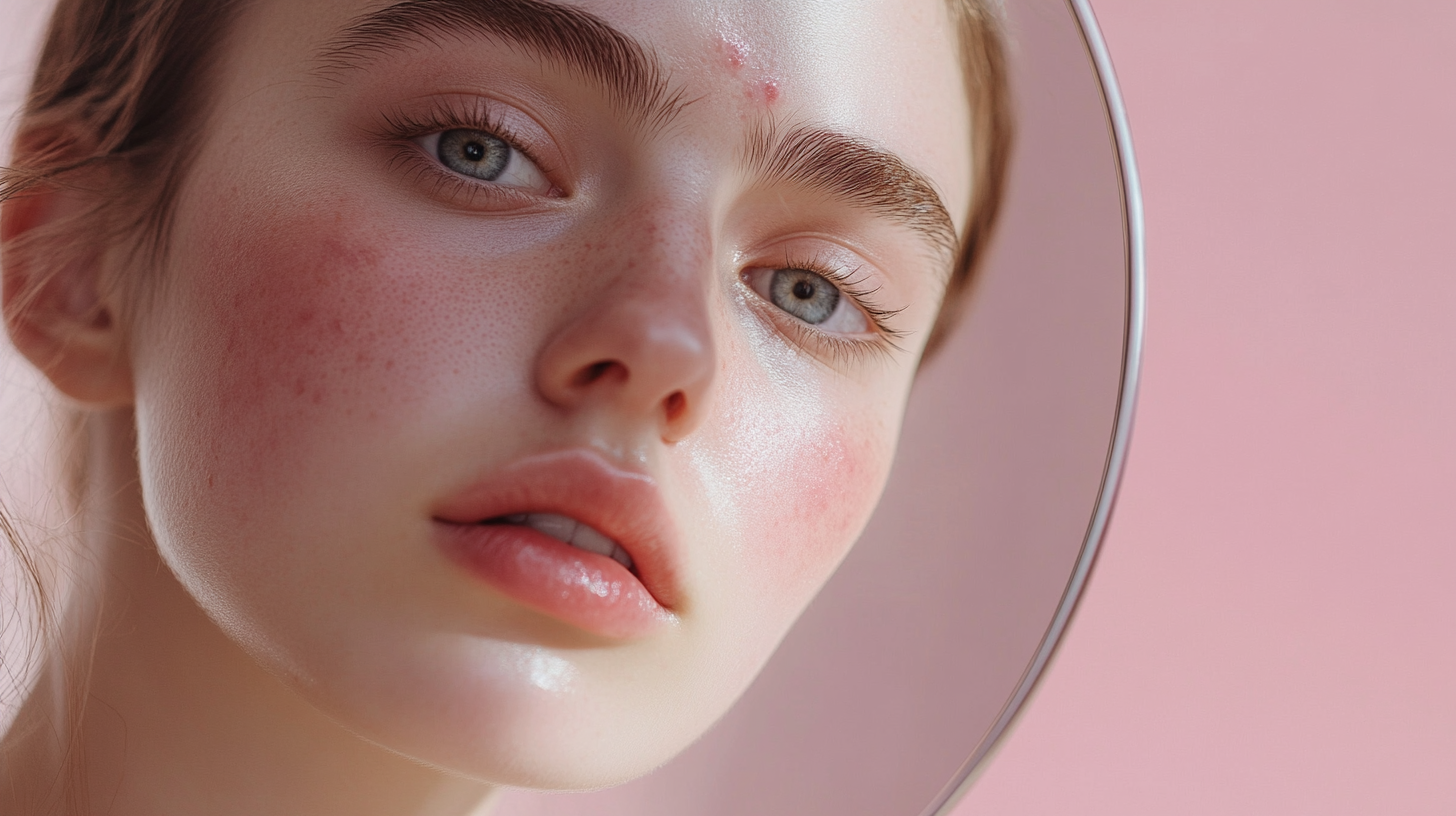
Deixe um comentário
Este site está protegido pela Política de privacidade da hCaptcha e da hCaptcha e aplicam-se os Termos de serviço das mesmas.